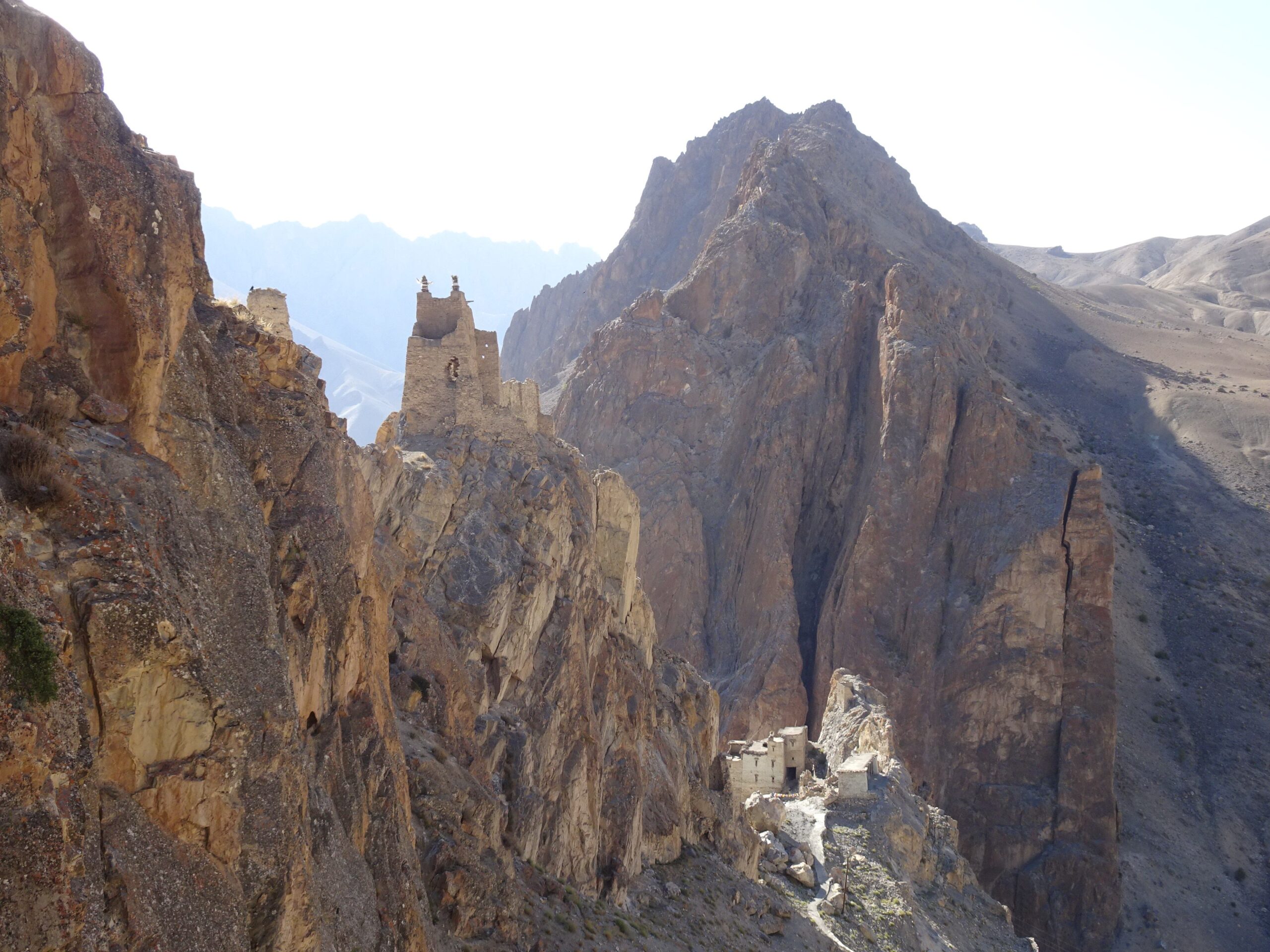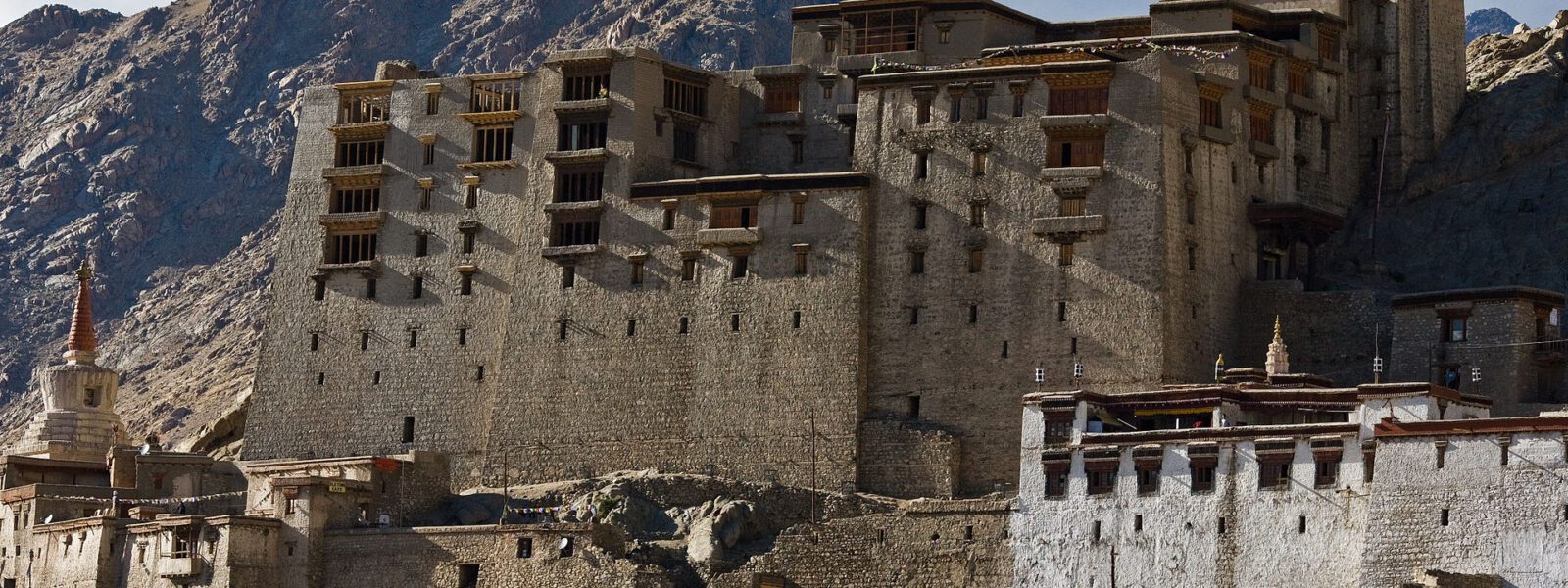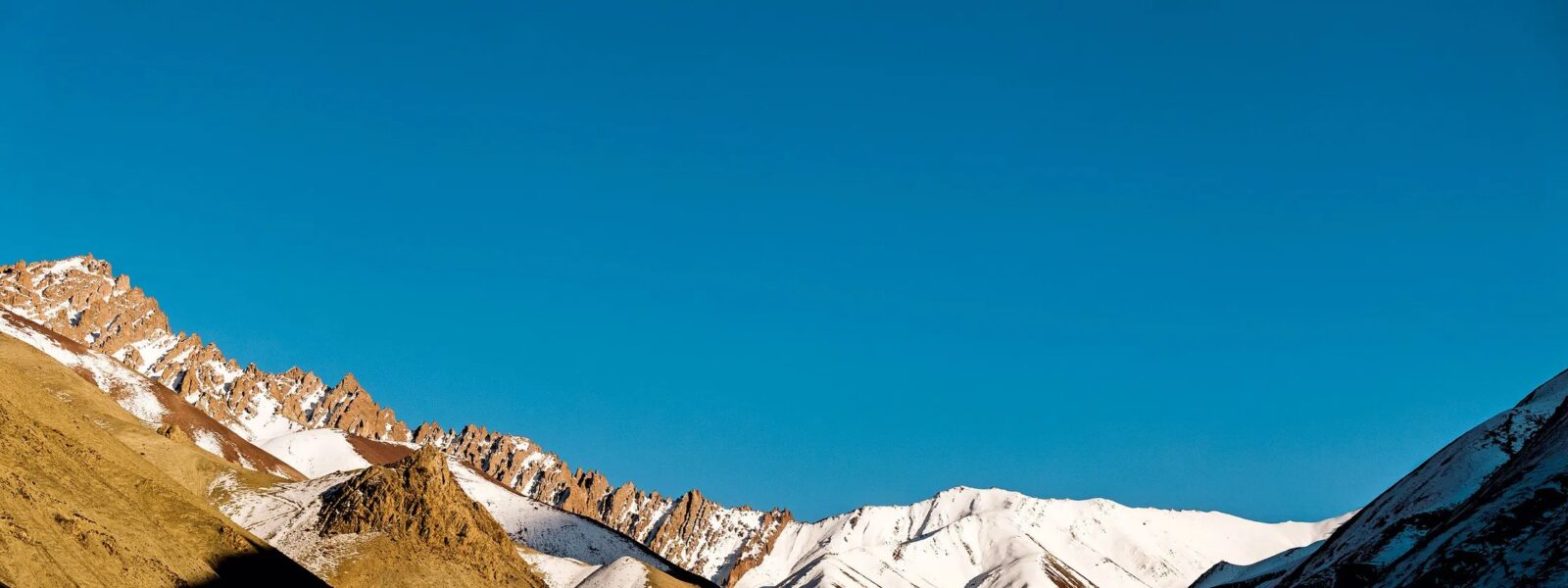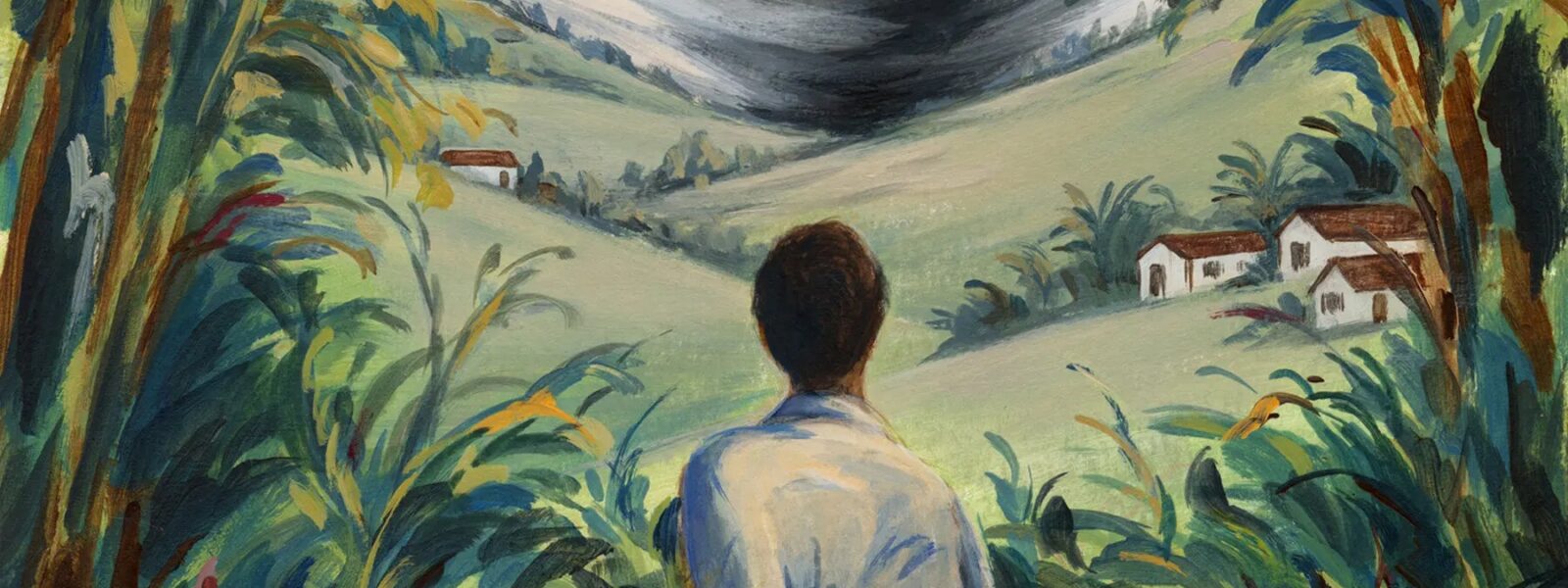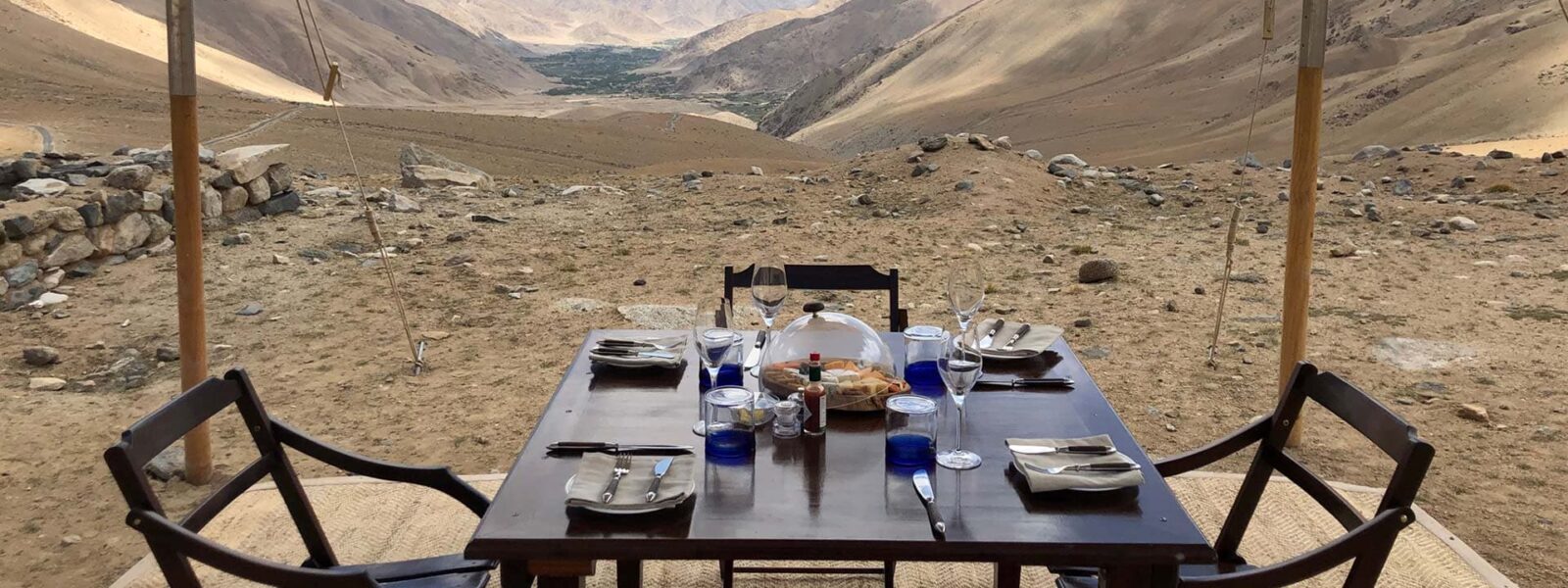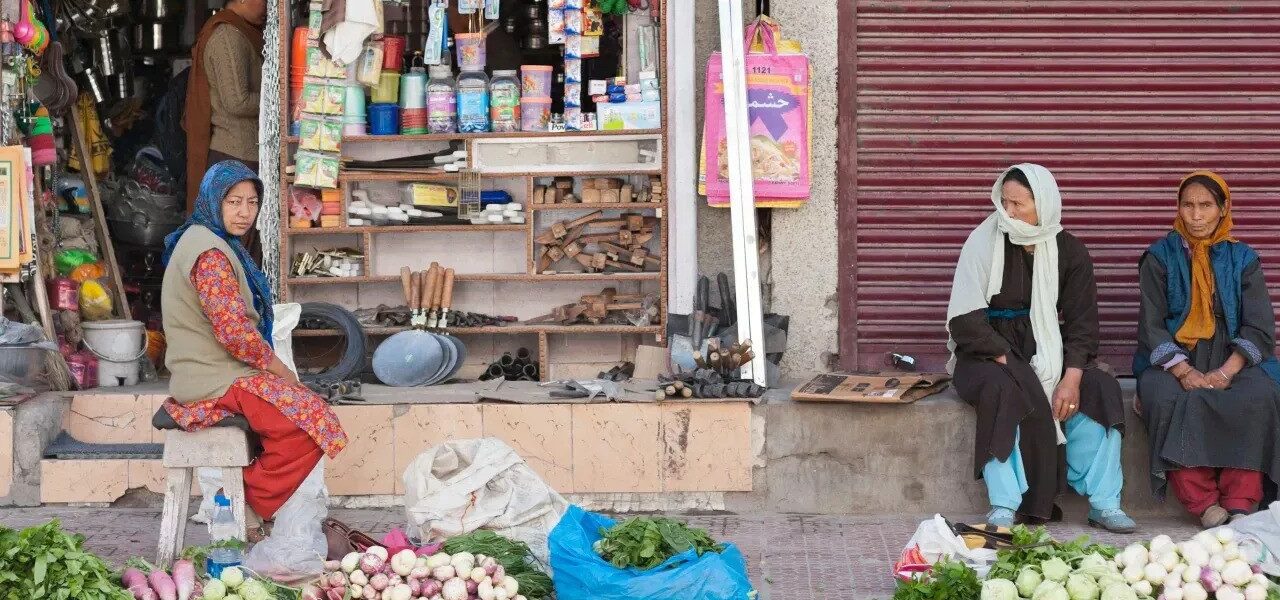Ladakh Forgotten Palaces, nestled within the region’s stunning landscapes and rich cultural heritage, are ancient royal residences that once symbolized its royal grandeur, now standing as abandoned treasures. While the towering monasteries of Leh and its surroundings are well-known, few travelers venture into the forgotten palaces of Ladakh. These royal homes, now crumbling and often overlooked, hold the keys to Ladakh’s forgotten past, offering a rare glimpse into its royal history and architectural brilliance.
In this article, we take you on a journey through Ladakh’s forgotten palaces, unraveling the mysteries behind their abandonment and exploring the rich architectural legacy left behind by the Namgyal dynasty. From Leh Palace to the lesser-known Chiktan Palace, let’s rediscover these hidden gems and their place in Ladakh’s royal history.
A Journey Through Ladakh’s Royal History
The Rise and Fall of Ladakh’s Royal Dynasties
Ladakh’s royal history is deeply intertwined with the Namgyal dynasty, which ruled the region for several centuries. Known for its strategic location along ancient trade routes, Ladakh flourished as a kingdom that connected Central Asia, India, and Tibet. The Namgyal rulers built grand palaces, many of which now lie abandoned as a result of political upheavals, economic challenges, and the shifting seat of power over time.
The once-powerful Namgyal dynasty faced invasions and internal strife, which contributed to the decline of the kingdom. As new political powers emerged in the region, many royal residences were abandoned, left to deteriorate under the harsh conditions of Ladakh’s rugged landscape.
The Namgyal Dynasty and Ladakh’s Architectural Legacy
The Namgyal dynasty not only left a political legacy but also a rich architectural one. The palaces they constructed blended Tibetan and Ladakhi architectural styles, often made from local materials like stone and mud brick. Multi-tiered palaces were adorned with intricate wood carvings, massive prayer rooms, and fort-like structures to protect the royal family from invaders.
Today, these palaces stand as relics of the past, offering insight into Ladakh’s once-great kingdom. While many travelers visit Ladakh to experience the beauty of its monasteries, the forgotten royal palaces hold just as much significance in the region’s history.
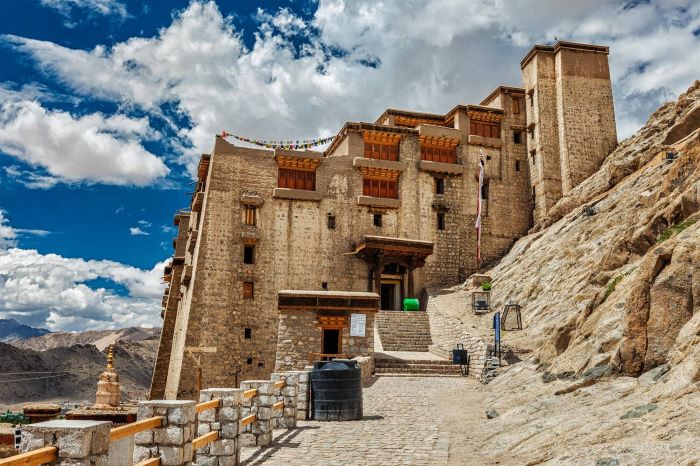
Uncovering Ladakh’s Most Famous Forgotten Palaces
The Forgotten Glory of Leh Palace
Standing tall over the town of Leh is the Leh Palace, once the most prominent royal residence in Ladakh. Built in the 17th century by King Sengge Namgyal, this nine-story structure was modeled after Tibet’s famous Potala Palace in Lhasa. The palace was the seat of the Namgyal dynasty until the royal family was forced to flee to Stok Palace following a series of invasions.
Today, Leh Palace is in a state of ruin, but it remains a symbol of Ladakh’s royal past. Visitors can explore the empty halls and rooms, which were once filled with lavish decor and royal artifacts. From the top floors, you can still enjoy panoramic views of the Leh Valley, making it a must-see stop on any tour of Ladakh’s abandoned palaces.
| Leh Palace | Key Facts |
|---|---|
| Location | Leh, Ladakh |
| Built By | Sengge Namgyal |
| Status | Abandoned |
| Architecture | Tibetan-inspired with 9 stories |
The Majestic Shey Palace: Abandoned and Overlooked
Just 15 kilometers southeast of Leh lies Shey Palace, another forgotten gem in Ladakh. Before Leh became the capital, Shey was the seat of power for the Namgyal dynasty. The palace was constructed in the early 17th century, and while it never reached the grandeur of Leh Palace, it was an important political center.
Shey Palace was abandoned after the royal family moved to Leh, and over time, it fell into disrepair. Despite its dilapidated state, the palace remains a site of cultural importance, housing the tallest golden Buddha statue in Ladakh. Many travelers bypass Shey Palace in favor of more famous landmarks, but its historical significance and panoramic views of the Indus Valley make it a must-visit for history buffs.
Stok Palace: A Living Relic Among Ladakh’s Abandoned Palaces
While many of Ladakh’s palaces lie abandoned, Stok Palace remains inhabited by the descendants of the Namgyal dynasty. Located across the Indus River from Leh, Stok Palace serves as both a royal residence and a museum. The palace is a living relic that contrasts sharply with the abandoned palaces scattered throughout Ladakh.
Inside the Stok Palace Museum, visitors can view royal artifacts, including costumes, weapons, and ancient jewelry. This palace continues to play a role in preserving Ladakh’s royal history, offering tourists a chance to see a functioning royal residence alongside the crumbling remains of Leh Palace and Shey Palace.
Chiktan Palace: Ladakh’s Hidden Architectural Wonder
Chiktan Palace: A Forgotten Royal Fortress in Kargil
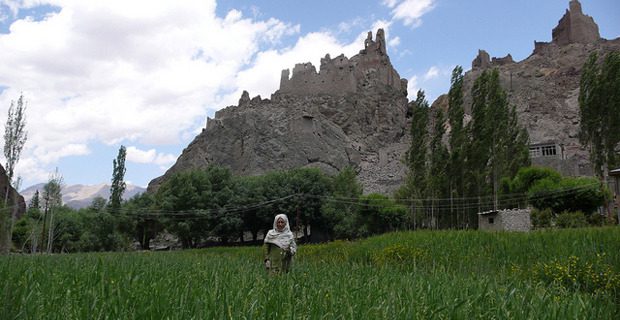
Nestled in the Kargil district, Chiktan Palace is one of Ladakh’s most mysterious and least explored royal residences. Built in the 16th century, Chiktan Palace served as the home of the Chiktan rulers, a branch of Ladakh’s royal family. Unlike the more famous Leh and Shey palaces, Chiktan Palace has largely been forgotten by tourists, despite its stunning architecture and rich history.
Constructed from mud bricks, stone, and wood, Chiktan Palace was known for its unique defensive architecture, designed to withstand the harsh climate and invasions. Over time, the palace fell into ruin, and today, it stands as a hauntingly beautiful reminder of Ladakh’s forgotten royal past.
Key Features of Chiktan Palace:
- Defensive Architecture: Designed to protect against invasions.
- Location: Set in the isolated Kargil district, offering spectacular views of the surrounding mountains.
- Current Condition: A partially ruined structure that still holds historical significance.
The Restoration Efforts and Cultural Significance of Chiktan Palace
Though Chiktan Palace lies in ruins, there have been calls for restoration to preserve it as an important cultural landmark in the region. The palace represents not only the architectural legacy of Ladakh’s royal family but also the shared history of Ladakh and Kargil. Restoration efforts are vital for preserving this piece of history for future generations, ensuring that it remains a symbol of Ladakh’s royal heritage.
Exploring Abandoned Royal Residences Beyond the Tourist Trail
Zanskar’s Forgotten Palaces: Lost in Time
While Leh and Kargil host some of the most famous palaces, the Zanskar region holds its own share of abandoned royal residences. Due to its remote location, Zanskar’s palaces are often inaccessible, but for intrepid travelers, they offer a fascinating glimpse into Ladakh’s royal past.
The Decline of Ladakh’s Royal Palaces: What Led to Their Abandonment?
The abandonment of Ladakh’s palaces was the result of a variety of factors, from political instability and invasions to economic decline and the region’s shifting centers of power. With the collapse of the Namgyal dynasty’s influence, many royal residences were left to deteriorate under the harsh weather conditions of the Himalayan region.
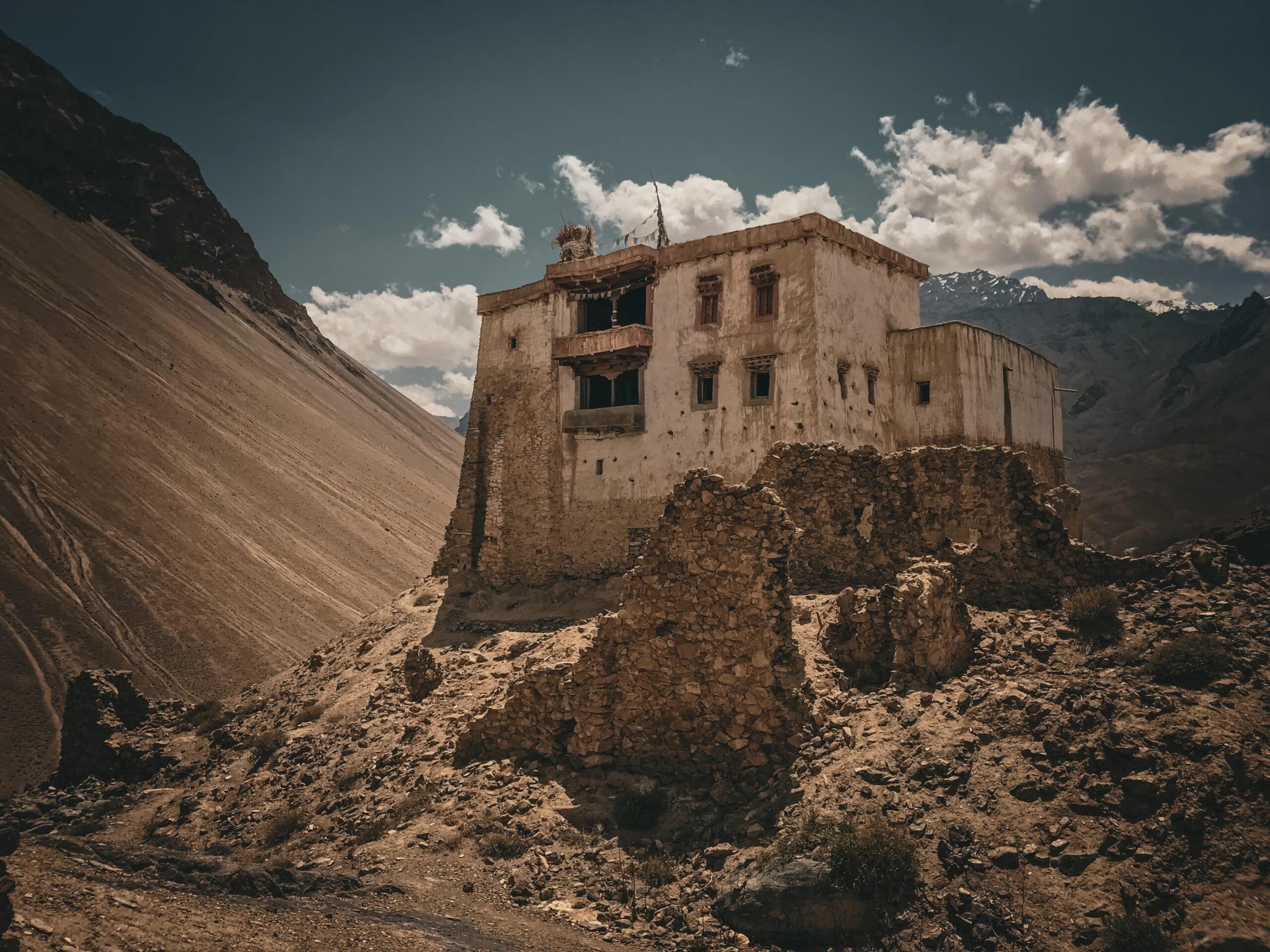
Visiting Ladakh’s Abandoned Royal Residences: A Travel Guide
How to Reach Ladakh’s Forgotten Palaces
For travelers looking to explore these forgotten royal residences, Leh Palace and Shey Palace are easily accessible from the town of Leh. However, visiting Chiktan Palace requires a trip to the Kargil district, which is about 230 kilometers from Leh. Most palaces can be reached by car, but roads to more remote locations like Zanskar may be difficult to traverse.
Top Tips for Exploring Ladakh’s Abandoned Palaces
- Best Time to Visit: The summer months (June to September) are the ideal time to visit, as many roads are closed due to snow in the winter.
- Hire a Local Guide: To truly understand the history of these palaces, hire a local guide familiar with Ladakh’s royal history.
- Photography: Many of these palaces, especially Leh Palace and Chiktan Palace, offer incredible views, so don’t forget your camera.
Preserving Ladakh’s Royal Heritage for Future Generations
The Role of Tourism in Reviving Interest in Abandoned Palaces
Sustainable tourism can play a crucial role in reviving interest in Ladakh’s abandoned palaces. By visiting these sites, tourists can contribute to the local economy and support restoration efforts. Responsible travel can help preserve these royal relics while ensuring that they remain part of Ladakh’s living cultural landscape.
Restoration and Conservation Efforts for Ladakh’s Royal Palaces
Conservation efforts are already underway for some of Ladakh’s royal residences, including Leh Palace and Chiktan Palace. These initiatives are essential for preserving Ladakh’s royal heritage and ensuring that future generations can explore these architectural wonders.
Conclusion: Rediscovering Ladakh’s Forgotten Royal Palaces
Ladakh’s forgotten palaces are more than just abandoned structures; they are a window into the region’s rich royal past. From the grandeur of Leh Palace to the hidden beauty of Chiktan Palace, these royal residences offer a fascinating journey through Ladakh’s royal history. As efforts to preserve and restore these palaces continue, travelers have the unique opportunity to explore the remnants of a once-great kingdom, set against the stunning backdrop of Ladakh’s rugged landscape.
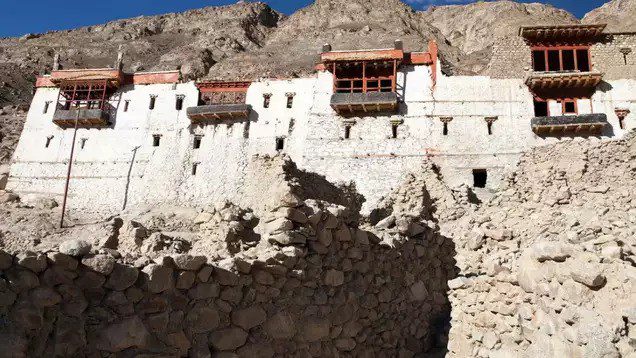
Frequently Asked Questions (FAQs)
1. What is the best time to visit the abandoned palaces of Ladakh?
Answer: The best time to visit Ladakh’s abandoned palaces is during the summer months (June to September) when the weather is pleasant and most roads are accessible.
2. How do I reach Chiktan Palace?
Answer: Chiktan Palace is located in the Kargil district, about 230 kilometers from Leh. It is accessible by road, and the journey offers scenic views of Ladakh’s mountains.
3. Are there guided tours available for exploring Ladakh’s palaces?
Answer: Yes, local guides are available in Leh and surrounding areas to help visitors explore the historical significance of Ladakh’s palaces. Hiring a guide is recommended for an in-depth understanding of the region’s royal history.
4. Is photography allowed inside Leh Palace?
Answer: Yes, photography is allowed inside Leh Palace. The palace offers panoramic views of Leh Valley, making it a popular spot for photographers.
5. Are any of Ladakh’s royal palaces still inhabited?
Answer: Yes, Stok Palace is still inhabited by the descendants of the Namgyal dynasty and also functions as a museum for tourists.
6. What efforts are being made to preserve Ladakh’s abandoned palaces?
Answer: Restoration and conservation efforts are being undertaken for several of Ladakh’s palaces, including Leh Palace and Chiktan Palace. These efforts aim to preserve Ladakh’s royal heritage for future generations.
